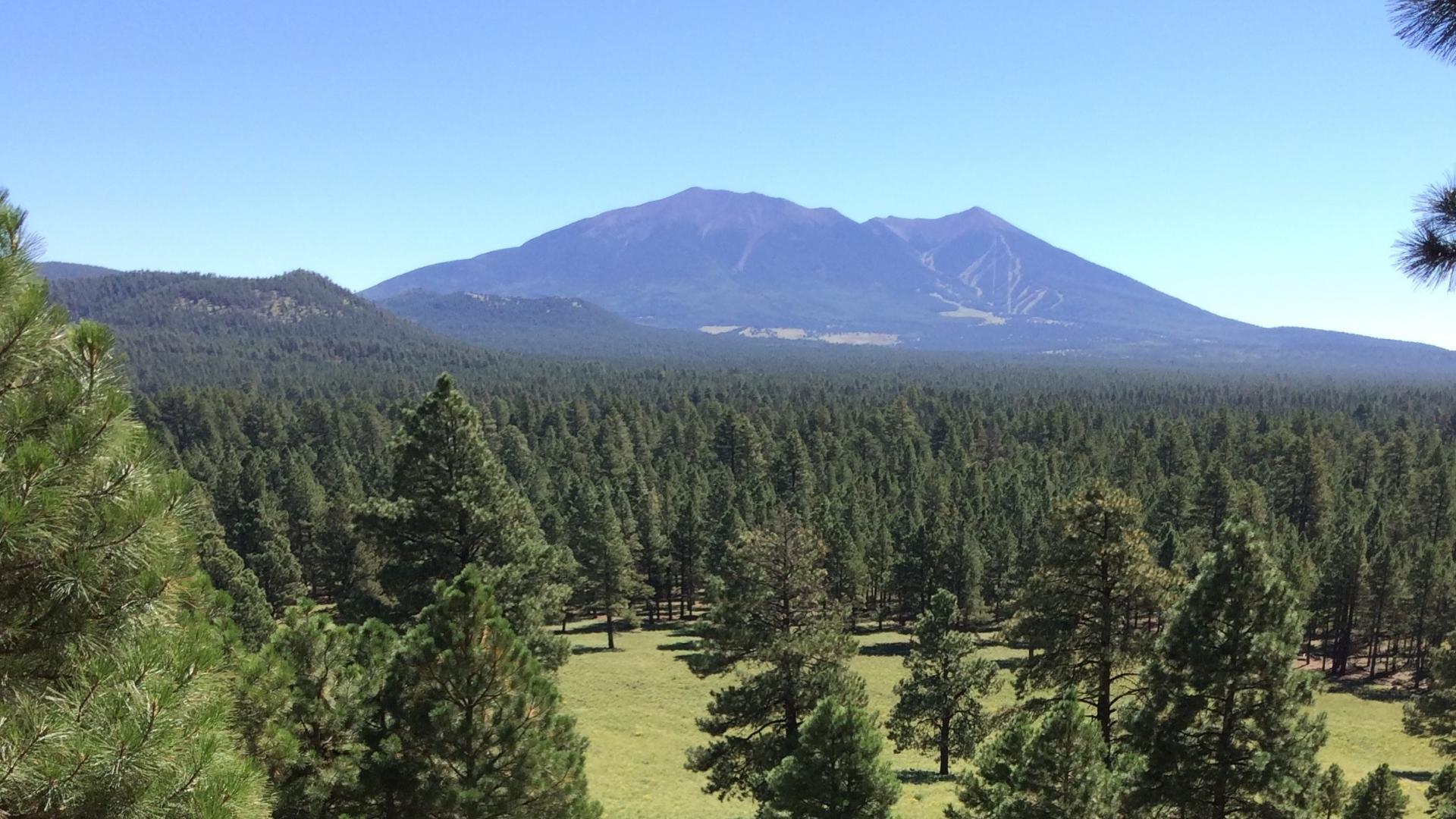
- Body
Overview
The U.S. Forest Service (USFS) and the Bureau of Land Management (BLM) are managed to provide and sustain resources for a wide variety of users, from ranchers to loggers to recreationists. According to the Forest Service Organic Act of 1897, the primary purpose of national forests was timber production, protection of forests, and preservation of water flows. Among other uses, livestock grazing was a secondary purpose. In the 1950’s, conflict began to arise between different groups of national forest users. Congress responded by formally implementing a multiple-use mandate. The Multiple-Use Sustained-Yield Act (MUSY) was signed in 1960. The act defined multiple-use as “the management of all the various renewable surface resources of the national forests so that they are utilized in the combination that will best meet the needs of American people”, and sustained-yield as “the achievement and maintenance in perpetuity of a high level annual or regular periodic output of the various renewable resources of the national forests without impairment of the productivity of the land”. MUSY also redefined the primary purposes of the national forest as “outdoor recreation, range, timber, watershed, and wildlife and fish purposes” equally.
Over time, Congress would reinforce the multiple use, sustained yield mandate of both the BLM and USFS through the Federal Land Policy and Management Act and National Forest Management Act, which provide additional requirements for planning to balance different uses of the land. Today, multiple use, sustained yield remains the primary management principle that guides land use decision making on BLM and USFS lands.
Videos
Multiple Uses, Values & Perturbations: Sustaining Ecosystem Services from Public Lands
Keynote: Multiple Uses, Multiple Values, Multiple Perturbations: Sustaining Ecosystem Services from Public Lands Mark Brunson, Professor, Environment & Society, Utah State University, Logan, Utah.
Sustaining Multiple Use and Yield on Public Lands in Harney County, Oregon Through Collaboration
Benjamin Cate, Ecological Coordinator, High Desert Partnership, Burns, Oregon. Harney County encompasses the high elevation, desert sagebrush steppe in southeastern Oregon.
Tools
Additional Links
- Bates, Sarah F. 1993. Discussion Paper: The Changing Management Philosophies of the Public Lands. University of Colorado Boulder. Natural Resources Law Center.
- BLM’s “multiple use mandate” – what does that even mean?
- BLM. Official Tumblr for the BLM. What is Multiple Use?
- Chronology of National Forest Management Laws and Regulations (UDSA).
- Loomis, J.D. 2002. Integrated Public Lands Management: Chapter 2, Laws and Agencies Governing Federal Land Management.
- The Fully Managed, Multiple-Use Forest Era, 1960-1970 (USFS).
- Understanding the Forest Service: a review of the administrative structure of the forest service
- U.S. Government Accountability Office. (1999, July). Land Management: The Forest Service’s and Bureau of Land Management’s Organizational Structures and Responsibilities.
- Weeks, J. 2011. Managing Public Lands. Can preservation and energy development co-exist? (pros and cons). CQ Press; CQ Researcher.
Further Reading
- Abuwala, Aliasgar. 2017. Sustained yield use in forestry and natural resource management.
- Rowley, W. D. 1985. U.S. Forest Service Grazing and Rangelands: A History (Vol. 1st ed). College Station: Texas A&M University Press.
- Library of Congress, United States. 1992. Forest Service planning: Accommodating uses, producing outputs, and sustaining ecosystems. Congress of the U.S., Office of Technology Assessment; Supt. of Docs., U.S. G.P.O., distributor.